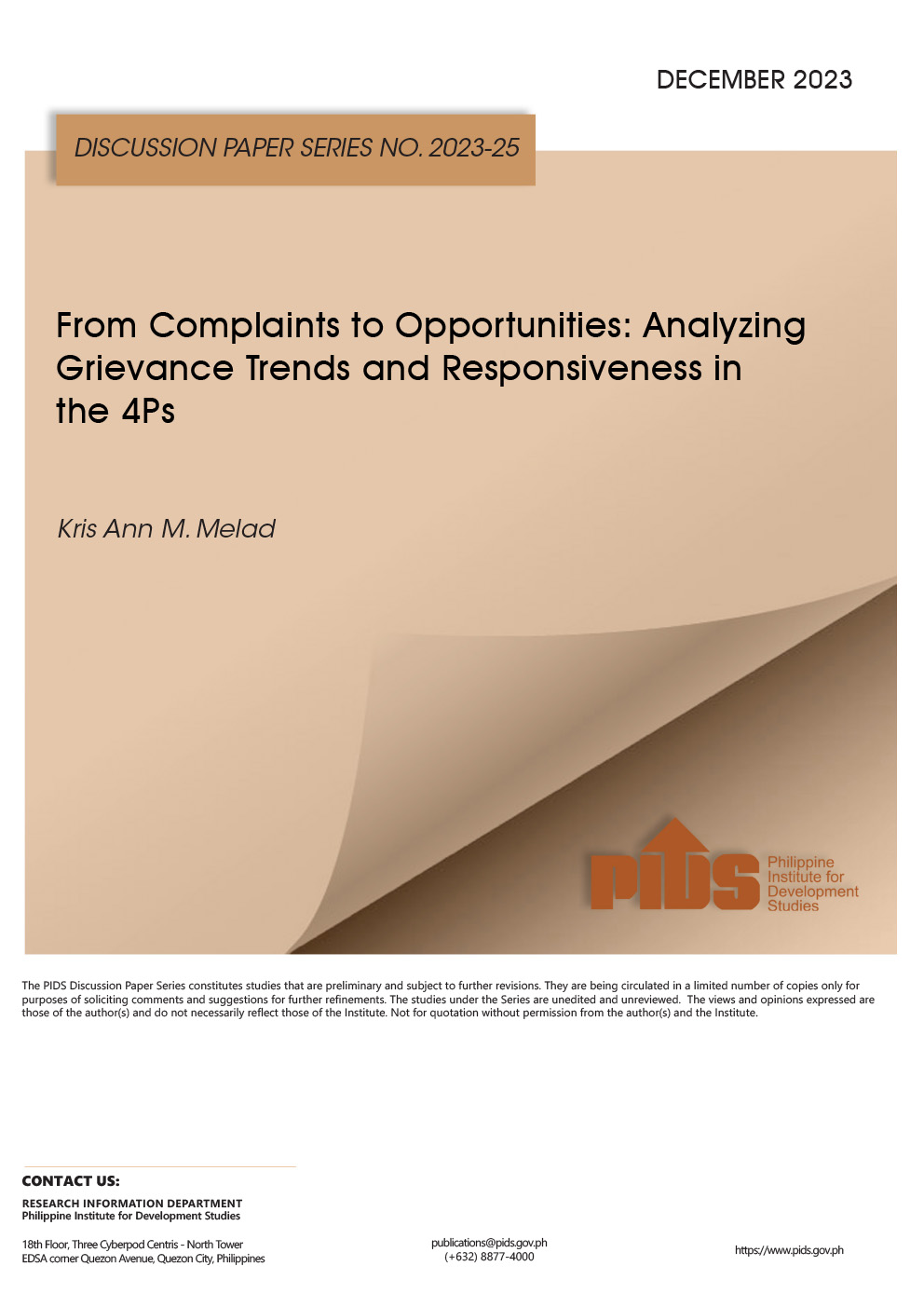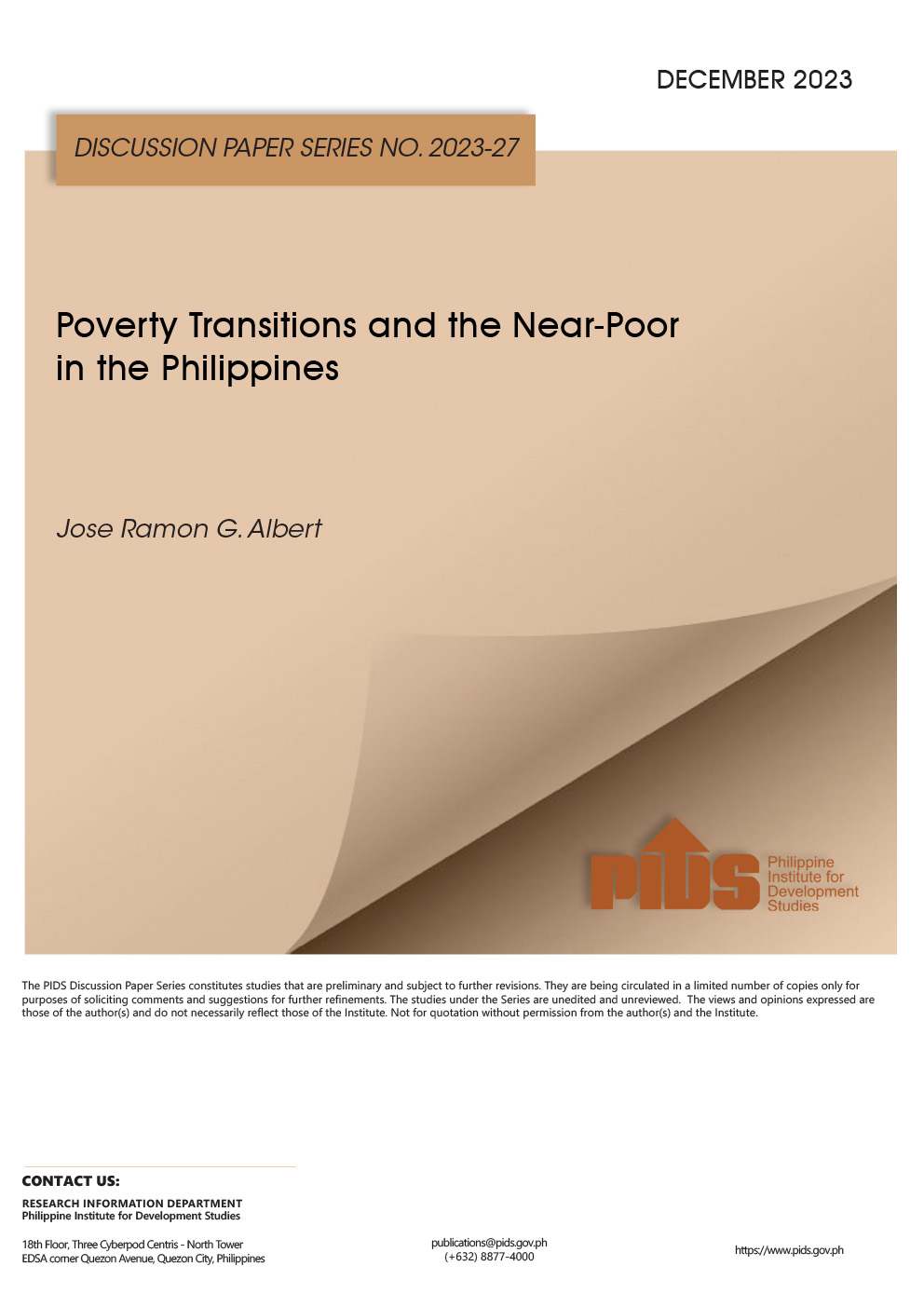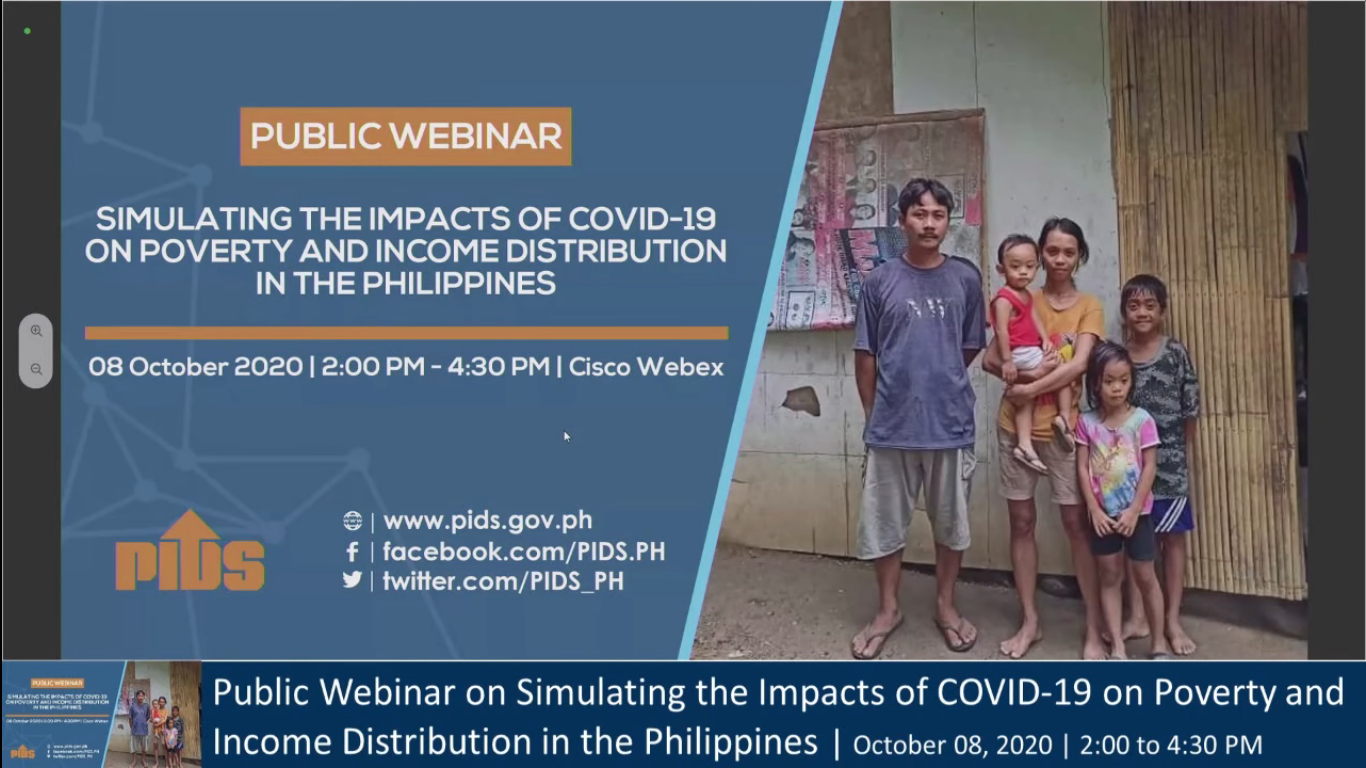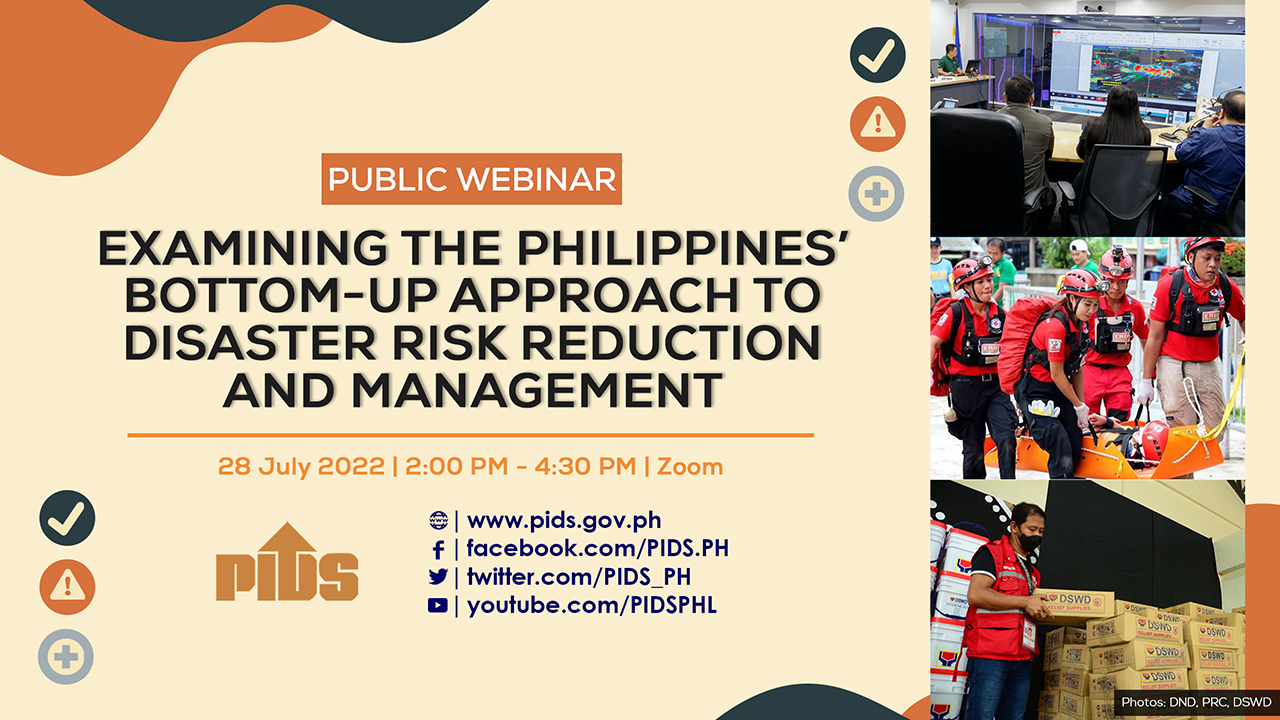THE government is open to having a closer collaboration with China on poverty reduction, according to the National Anti-Poverty Commission (NAPC) and the National Economic and Development Authority (Neda).
In a Pre-State of the Nation Address briefing on Wednesday, NAPC Secretary Noel K. Felongco said the agency has been very active in anti-poverty efforts in the region with China and other Asean countries.
Felongco said China’s efforts are of particular interest since the country was able to lift 800 million Chinese citizens from poverty. He considered this an inspiring feat which the Philippines could emulate through appropriate projects and programs.
“We are seeing you (China) as our inspiration in having our poverty reduction programs and activities projects in the Philippines. There’s still a way to go but with the leadership of the president, Cabinet, and government workers, we will be able to achieve the target of this administration to lower the poverty incidence to 14 percent by 2022,” Felongco said.
Neda Undersecretary for Planning and Policy Rosemarie G. Edillon agreed and said China’s reforms in agriculture, industrial and trade policy allowed them to lift millions from poverty.
“We really are looking very closely at the experience of China,” Edillon said. “(This can be done through face-to-face meetings, so to speak, with policymakers, the program designers. We know we can learn a lot.”
Felonco said the NAPC has also engaged the International Poverty Reduction Center in China, which also shared some experiences in the region in terms of best practices in poverty reduction efforts.
Department of Social Welfare and Development (DSWD) Secretary Rolando Joselito D. Bautista said the recent efforts of the national government to reduce poverty included the Social Amelioration Program (SAP).
The program, funded through Bayanihan 1 law and initially targeted to distribute some P200 billion, was able to keep over 400,000 families or over 2 million Filipinos from becoming poor during the pandemic.
“The SAP reduces the number of Filipinos who (would have) become poor (due to the pandemic),” Bautista said. “Masasabi nating malaki ang naitulong ng SAP [We can say that the SAP significantly helped in poverty reduction].”
In January, the Philippine Institute for Development Studies (PIDS) said the government’s distribution of the SAP will not prevent millions of Filipinos from joining the ranks of the poor due to the lockdowns imposed by the government to prevent the spread of Covid-19.
In a study titled Mitigating the Impact of Covid-19 Pandemic on Poverty, a team of researchers led by PIDS President Celia M. Reyes estimated that around 2.816 million Filipinos, or 400,400 households, will still become poor despite SAP.
However, without the SAP, Reyes and her coauthors estimate that as many as 7.535 million or 1.443 million households will become poor because of the efforts of the government to impose quarantines.
The PIDS estimates also showed that without the SAP, the country’s poverty incidence per population will reach 23.8 percent, while the estimate with SAP showed that the poverty incidence will reach 19.4 percent.
These would translate to 25.205 million poor Filipinos in a scenario without SAP, and 20.486 million with SAP.
These are still higher than the 16.7 percent estimated prior to Covid-19. Based on 2018 official statistics, there were 17.670 million poor Filipinos.
In terms of households or families, poverty incidence will increase to 18 percent under the “without-SAP” scenario and 13.8 percent in the “with-SAP” scenario.
These translate to 4.447 million poor households in the without-SAP scenario and 3.405 million poor families in the with-SAP scenario.
PHL looks to China’s ‘inspiration’ in effort at poverty reduction











